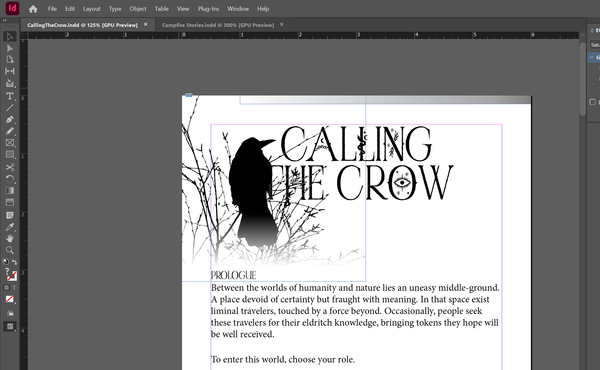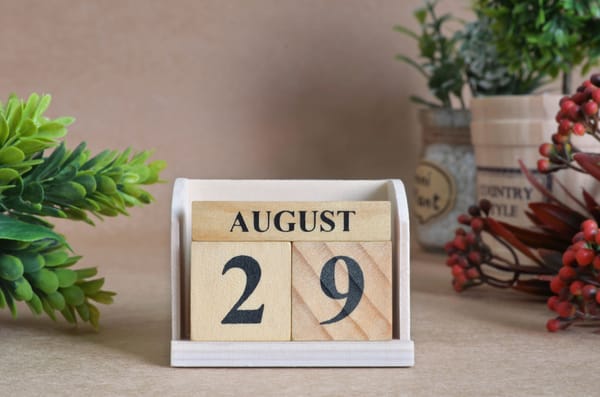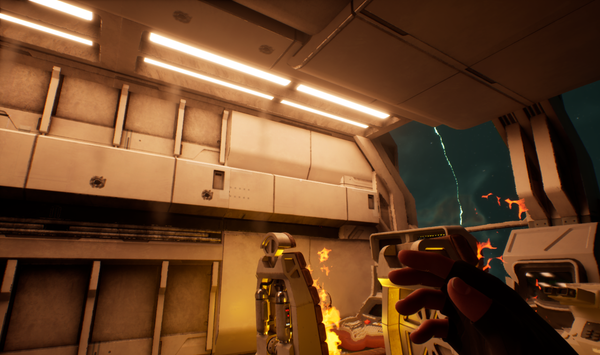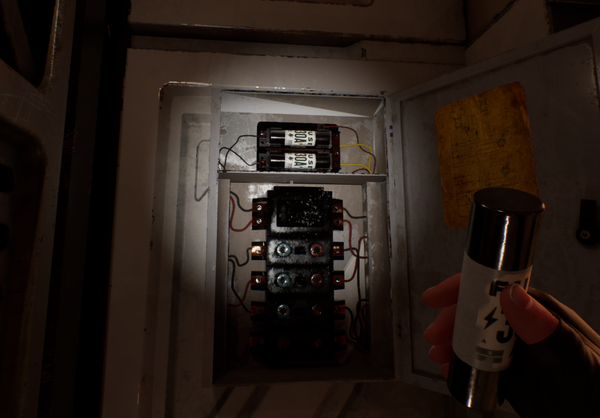Starting Again
Getting back into the groove after being derailed is tough, but necessary.
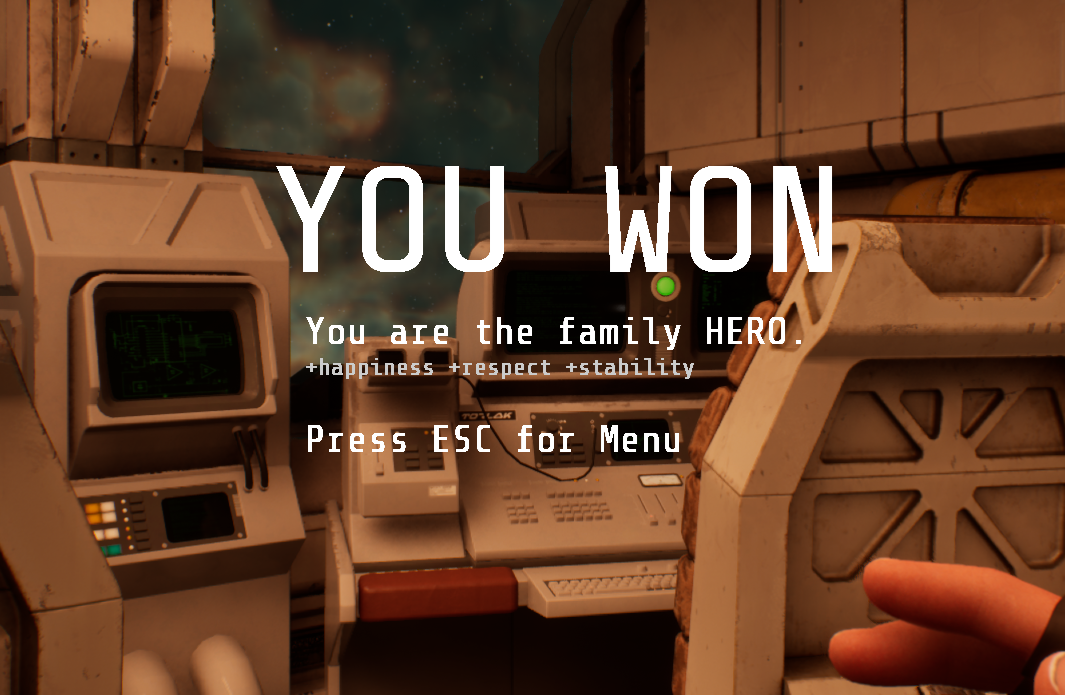
Well, this is awkward.
You can think you have everything set up for success and then realize a little bit later that you aren't quite as prepared as you thought. All of my Vertex Rim stuff is done as a side-hustle, an extra on top of an already full life. And it's a good life! But unfortunately, that life includes a regular job.
For the last several weeks, I've been managing a pretty big issue with one of our cantankerous database servers. Now, the good news is, the server has been firmly wrestled to the ground, and I've only lost two teeth in the process! The bad news is that my schedules for HERE have been severely impacted. I'm running late on Running Late.
Now's the time to dust myself off, pick myself up, and get back to the grind. The good news is, I have made a little progress.
Week 11 Details!
Which is now this week. By proclamation.
The biggest technical achievement this week was getting a proper phone interface working. I didn't wnat to just slap a UI widget on screen - I wanted it to feel like you're actually pulling out your phone in a desperate moment while your ship is falling apart. That meant:
- A physical phone model positioned right in front of the camera
- Using the tab key to toggles phone visibility with a show/hide animation
- Using a Widget component to display the actual phone screen content
- Having direct widget interaction on the phone's surface
- Proper input mode switching between ship controls and the phone interface
The key insight was using a Widget Component directly instead of the render target pipeline I use for the curved ship screens. Since phone screens are actually flat, I could skip all the texture mapping complexity and just position the widget component in 3D space where the phone screen is. This helped a lot.
The Quest System
With the phone working, I can have guests from the party messaging the player while the ship is experiencing some "unexpected" hazards. These then become social objectives that test your wedding crisis management skills.
The opening sequence sets the tone. "Answer your Phone" appears as your first quest. You hear the buzz, hit Tab, and see a message from your sister (the bride): "Hey! Where are you? Send me a location ping!"
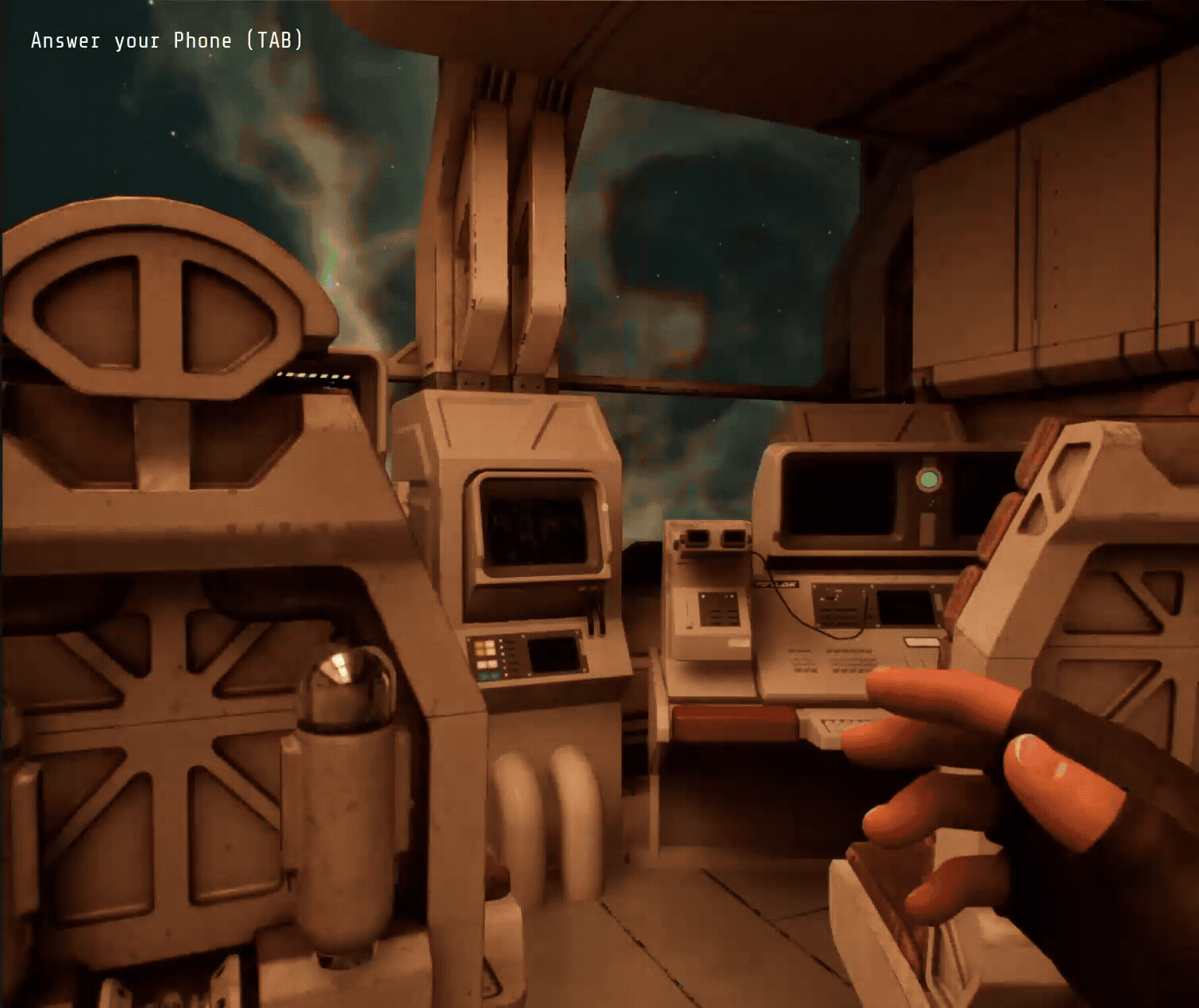
One location ping later, and she responds with: "You're an hour away?? We say I do in 30 minutes!" And so begins the game!
Dialogs and Outcomes
After this point, the idea is that every dialog will be from some member of the wedding party, either a friend or a family member, will present some sort of dilema. How you deal with that problem adjusts three different variables:
- Happiness—how happy everyone is at the wedding
- Respect—how your family feels about your judgment
- Stability—how much of the events at the party are "under control"
And this leads to the fun part. Based on how you manage these ratings, you get a different "ending". For example, if you end at the party with your happiness and respect in the positive, but stability is shaky, you're the family Influencer. If you end the game with happiness and stability without the respect, you're the family Maverick. And so on!
What's Next: Content Creation Phase
So, the phone interface is working, and we have a formative quest system. The dialog system is implemented.
Now comes the fun part: I get to create 12 different wedding disaster scenarios. The architecture supports complex branching conversations, social consequence tracking, and meaningful choice outcomes. I just... gotta use it.
Time to make some family drama (for once).

